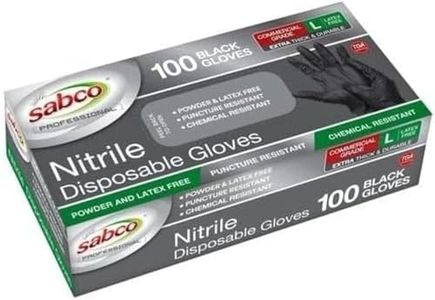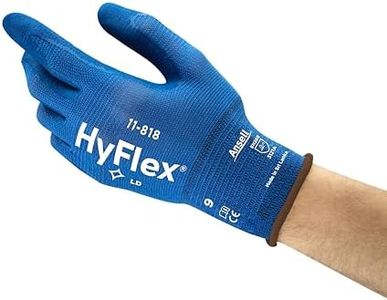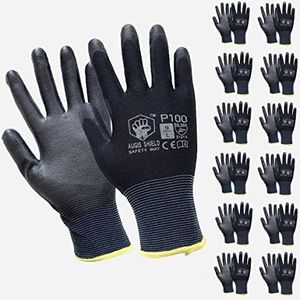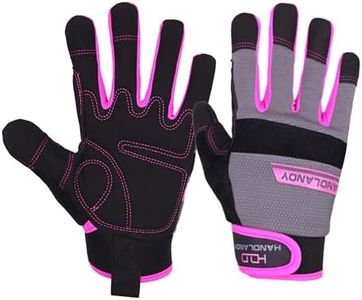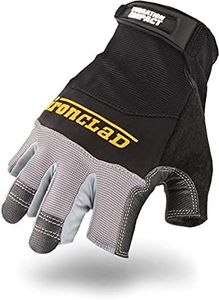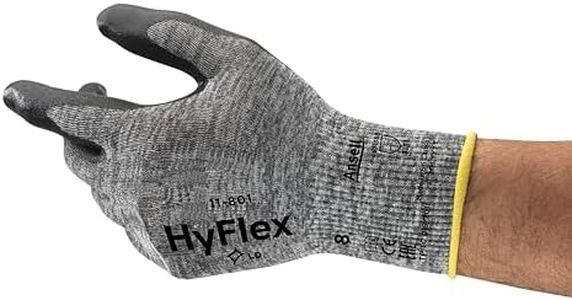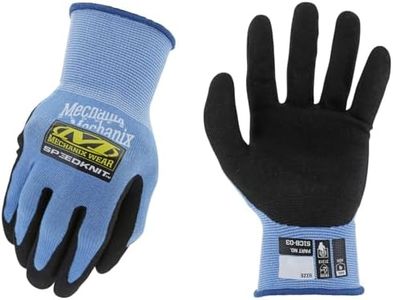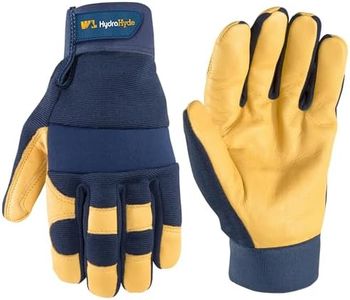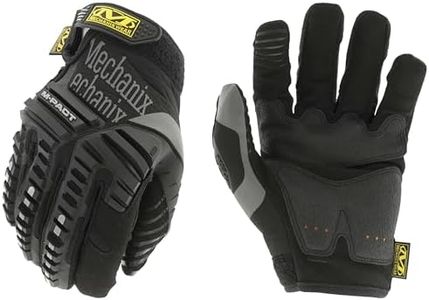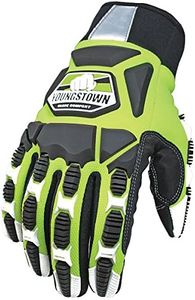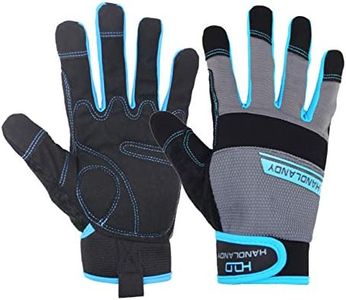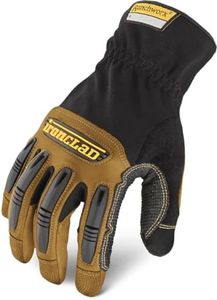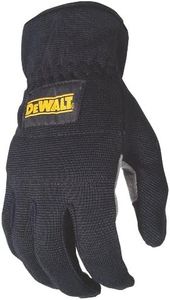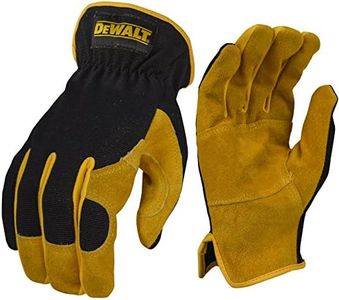We Use CookiesWe use cookies to enhance the security, performance,
functionality and for analytical and promotional activities. By continuing to browse this site you
are agreeing to our privacy policy
10 Best Mechanics Gloves
From leading brands and best sellers available on the web.Buying Guide for the Best Mechanics Gloves
Choosing the right mechanics gloves is important for anyone who works with their hands, whether you're doing car repairs, assembling machinery, or performing general maintenance. The right pair will protect your hands from injuries, improve your grip, and make your work more comfortable and efficient. When looking for mechanics gloves, it's essential to think about what kind of jobs you'll be doing, how often you'll use the gloves, and what risks you might face—like cuts, impacts, chemicals, or abrasion. By understanding the major features of mechanics gloves and how they relate to your needs, you can confidently pick a pair that will keep your hands safe and comfortable.Material and ConstructionThe material used in mechanics gloves affects their durability, flexibility, breathability, and protection. Common materials include synthetic leather, genuine leather, and different types of fabric blends. Synthetic materials often provide a good balance of toughness, flexibility, and resistance to oil and chemicals, while leather offers great abrasion protection but may be less breathable. Lighter, stretchy fabrics are best for delicate tasks requiring dexterity, while heavier materials are more protective but can be bulkier. If you mainly do fine assembly, choose lighter, more flexible gloves; for tougher tasks like working with engines, consider heavier, reinforced gloves.
Grip and Palm ReinforcementMechanics gloves often feature textured palms or added patches for better grip and longer wear. Good grip helps you hold onto tools securely even if they are oily or wet, which is crucial for safety and efficiency. Some gloves have silicone prints or rubberized patches, while others reinforce high-wear areas like the fingertips and palm. For precise tasks or working with small parts, a lighter grip pattern is often enough; for heavy work where slipping tools can be dangerous, go for gloves with substantial palm reinforcements.
Fit and DexterityA proper fit is essential to allow free movement of your fingers and hands without feeling bulky or restricted. Gloves that are too loose can get caught in moving parts and make it harder to feel what you’re doing, while tight gloves can reduce circulation and comfort. Many mechanic gloves have elastic or adjustable cuffs for a better fit, and some designs are form-fitting to maximize dexterity. If you handle small nuts, bolts, or wires, prioritize gloves with a snug fit and plenty of flexibility; for more general-purpose tasks, a more relaxed fit may be suitable.
Protection Features (Impact, Cut, and Abrasion Resistance)Mechanics gloves may be designed with added protection in mind, such as knuckle guards, reinforced fingertips, or layers that resist cutting and abrasion. Impact protection is useful if you often work in environments where you might hit your hands, such as with hammers or when working in tight engine spaces. Cut resistance is important if you handle sharp parts or tools. Abrasion protection prolongs glove life when you’re frequently gripping rough surfaces. If your job is riskier or involves harder labor, look for gloves with these extra protective features; for light duty or precision work, less protection may mean better mobility.
Breathability and ComfortWorking long hours means your hands can get hot and sweaty, so breathability is key for comfort. Some gloves use mesh panels or breathable fabrics on the back to help with airflow, reducing sweat buildup and discomfort. For warm climates or all-day use, prioritize gloves that mention breathability or moisture-wicking materials; if you work mainly in brief sessions or cooler environments, this may be less important.
Ease of Cleaning and MaintenanceMechanics gloves frequently get dirty with oil, grease, and chemicals, so they need to be easy to clean. Some gloves are machine washable, while others require hand washing or special care. If your work often leaves gloves heavily soiled, look for versions designed to withstand frequent washing without losing shape or function.
